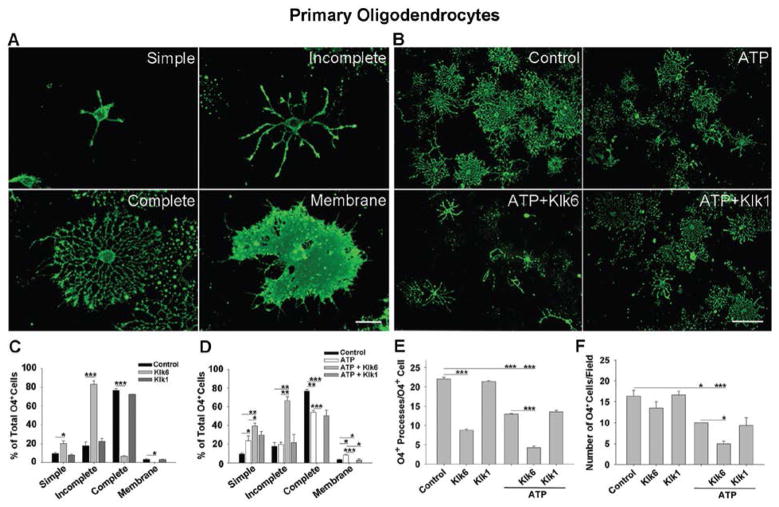Figure 3. Klk6 reduces the maintenance of mature oligodendrocyte morphologies and exacerbates ATP-mediated toxicity.
A, High power photomicrographs show four morphological phenotypes used to characterize the differentiation state of primary oligodendroglia under various treatment conditions (C, D). B, Low power photomicrographs show exacerbated loss of morphologic complexity following treatment ATP (50 μM) which was exacerbated by Klk6 (150 nM) (D to F) and to a lesser extent Klk1 (150 nM) (D). C, Treatment of 3 DIV oligodendrocyte cultures with Klk6 (150 nM) for 24 hr resulted in a significant increase in the immature oligodendrocyte phenotypes (simple, SNK, p = 0.007 or incomplete, SNK, p = 4.7 × 10−4), while the number of cells with a mature phenotype (complete, SNK, p = 3.1 × 10−4 or membrane, SNK, p = 0.038) was significantly reduced. Correspondingly, Klk6 treatment resulted in fewer O4+ processes per cell (E). Treatment with Klk1 alone did not significantly affect oligodendrocyte morphology (C) or process number (E). Treatment with ATP (50 μM) alone also decreased the number of oligodendroglia with complete morphologies (SNK, p = 0.002), increased the number with simple morphology (SNK, p = 0.028) and reduced the overall number of O4+ processes per cell (D, E, SNK, p = 2.4 × 10−4). D, Co-application of Klk6 and ATP further increased the loss of mature oligodendrocyte morphologies, increasing the percentage of cells with an immature phenotype, including simple (SNK, p = 0.039) and incomplete (SNK, p = 0.004), while eliminating cells with more mature complete (SNK, p = 2.0 × 10−4) and membrane morphologies (SNK, p = 0.001). The effects of Klk6 and ATP were also additive with regard to loss of O4+ process (E). Klk1 also exacerbated the effects of ATP, reducing the number of oligodendrocytes with a membrane morphology (SNK, p = 0.022). F, ATP promoted a significant loss of O4+ cells (SNK, p = 0.006), and this was exacerbated by the addition of Klk6 (SNK, p = 0.046), but not Klk1. * p < 0.05, ** p < 0.005, *** p ≤ 0.001, SNK. (Scale bar = 25 μm, A; 100 μm, B).

